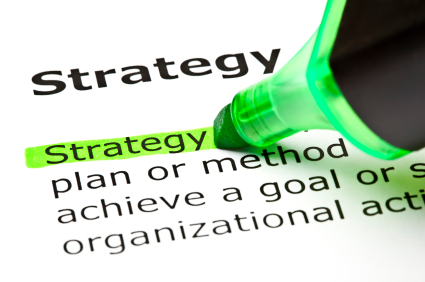Browse by Tag
- "Real" Innovation (2)
- Alignment (6)
- Business Innovation (9)
- Business Plan (2)
- Business Plans (1)
- Creativity (24)
- Critical Success Factors (4)
- Entrepreneurship (9)
- Global Competiveness (4)
- Human Side (11)
- India (1)
- Innovation (4)
- Innovation Consulting (18)
- Innovation Killers (3)
- Innovation Management (18)
- Innovation Tools (17)
- Innovation Training (24)
- Innovations (7)
- Inventions (16)
- IT Innovation (1)
- Leaders (5)
- Leadership (20)
- Leadership Development (13)
- Organizational Leadership (2)
- Organizational Strategy (20)
- Personal Values (6)
- Prediction (5)
- Strategic Innovation (38)
- strategic planning process (4)
- Strategy (3)
- Training (1)
- Vision (5)
- Weekly Dose (8)
Posts by Month
- 2014
- 2013
- 2012
- 2011
- 2010
- 2009
- 2008
- 2006
Strategic Planning: Aligning Vision and Purpose
You know you want to innovate. You know you need to innovate. How does a business engage in business innovation; assess need, corral idea generation and move forward with perspective into a strategic planning process?

Innovation can move your business into a plan for sustainable growth. But, with every business sector experiencing transformation and re-shaping, many businesses are no longer able to adopt or move forward with a single sector strategy. Studies show the average cost of bringing new products to market has doubled in the past decade. Add to that, failure rates of 60% to 80%, and the folly of engaging in innovation without a strategy becomes a stark reality.
With a minority of new products realizing any significant profit and an average competitive edge of about three months, realizing growth through product development alone is unlikely to bring desired sustainable growth.
Businesses are realizing they must develop a multi-dimensional approach; linking their products, customer service and the processes of creation and delivery. They need to engage in a total evaluation and an ongoing strategic planning process to realize any level of sustainable growth.
There are many definitions of innovation. At DeSai, our working definition of innovation is:
"Harvesting the deep insights of an organization's human spirit and knowledge, generating a pipeline of ideas that are evaluated, selected and ventured using disciplined tools, and methods and processes that advance growth objectives for an organization."
Every business is aware of the need to re-invent, re-position, re-package, R & D, the importance of market awareness, constant market evaluation and so on. Some companies clearly have more success with innovation than others. The question of how best to innovate must yield an answer that aligns with your existing structure.
For example, some companies that build on a core competency can realize consistent gains as they move across categories. Honda, for instance, manufactures engines. Automobiles come to mind. Honda produces engines for many markets, including cars, lawn mowers, marine engines, generators, airplanes, motorcycles, and more. Honda's strategic planning process has resulted in broader markets, all with unique characteristics, though based on engine manufacturing. It works for Honda, although it may not work for you.
While CEO's and executive leaders understand the nature of innovation itself and most agree the goal of successful innovation is the transformation of their vision and strategy into profitable customer products, services and solutions, finding the unique formula for their organization is not an easy task. Much of the frustration arises from a lack of clarity regarding the purpose of innovation. This is very basic and very important. For instance, leaders need to be clear regarding their innovation investment-to-yield value. Deciding whether your main objective should be topline growth, bottom line optimization or shareholder value is a decision, and must be linked to your strategic intent - Vision and Purpose must be aligned right from the beginning.
When we look at innovation, it is clear that when organizational leadership aligns with focused management and rigor in the strategic planning process, we see much greater improvement in business performance compared to organizations that see innovation as something left to chance.
Are you ready to advance with innovation? Your first step should be an assessment of your innovation readiness. An analysis of your organization is essential.
- Is there alignment across business units, departments, teams and individuals ready to support an overall innovation effort and mandate?
- Is there recognition that idea generation arises from sources both within and without the organization, is a systematic process, and that developing accurate insights involves people from all levels?
- Are there sufficient resources to allow quick and effective decision making and the continuous learning needed to translate innovative ideas into practical application, not just once, but quickly and successfully over time?
Engaging an innovation consultant and using a tool such as our Innovation Readiness Assessment can help identify the critical barriers and risks that may limit or block successful innovation, and distill specific, actionable steps to increase innovation capabilities.
With the knowledge gained from an in-depth assessment, the Vision and Purpose unique to your organization begins to form, and the strategic planning process begins.
We invite you to take our short IRA Survey and assess your organization's innovation readiness. Please contact info@desai.com or call 860-233-0011.

